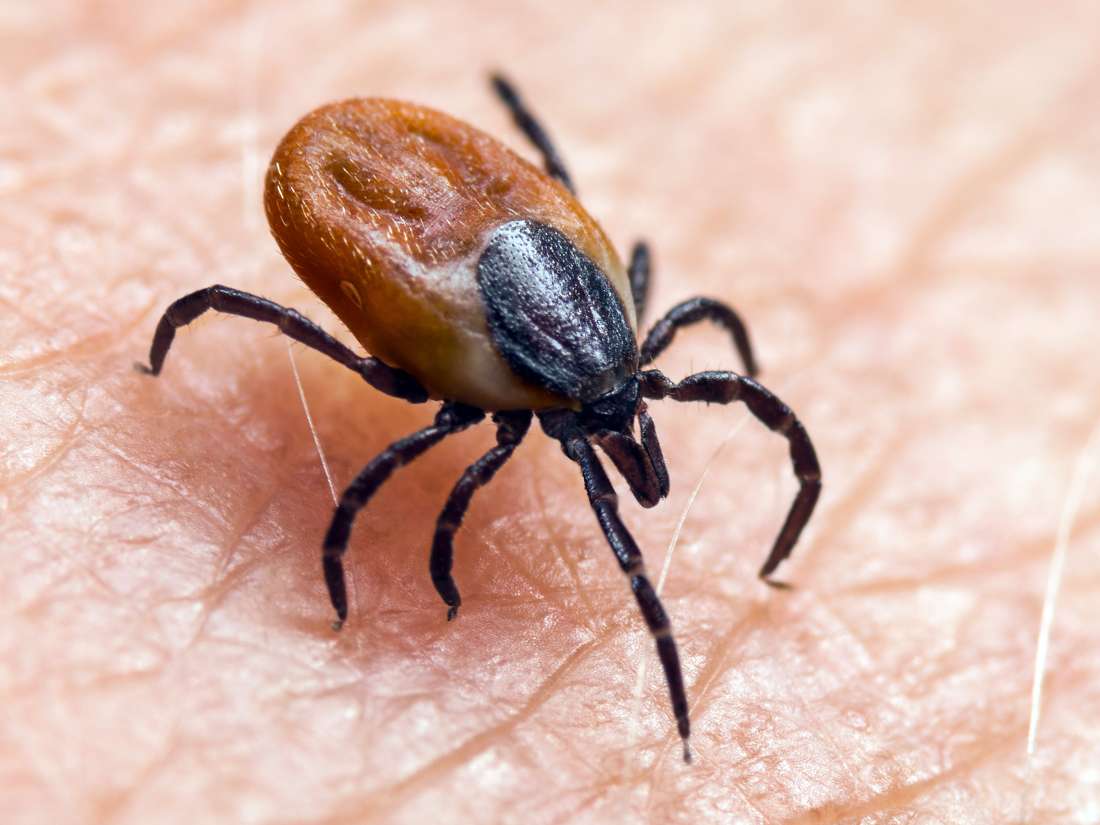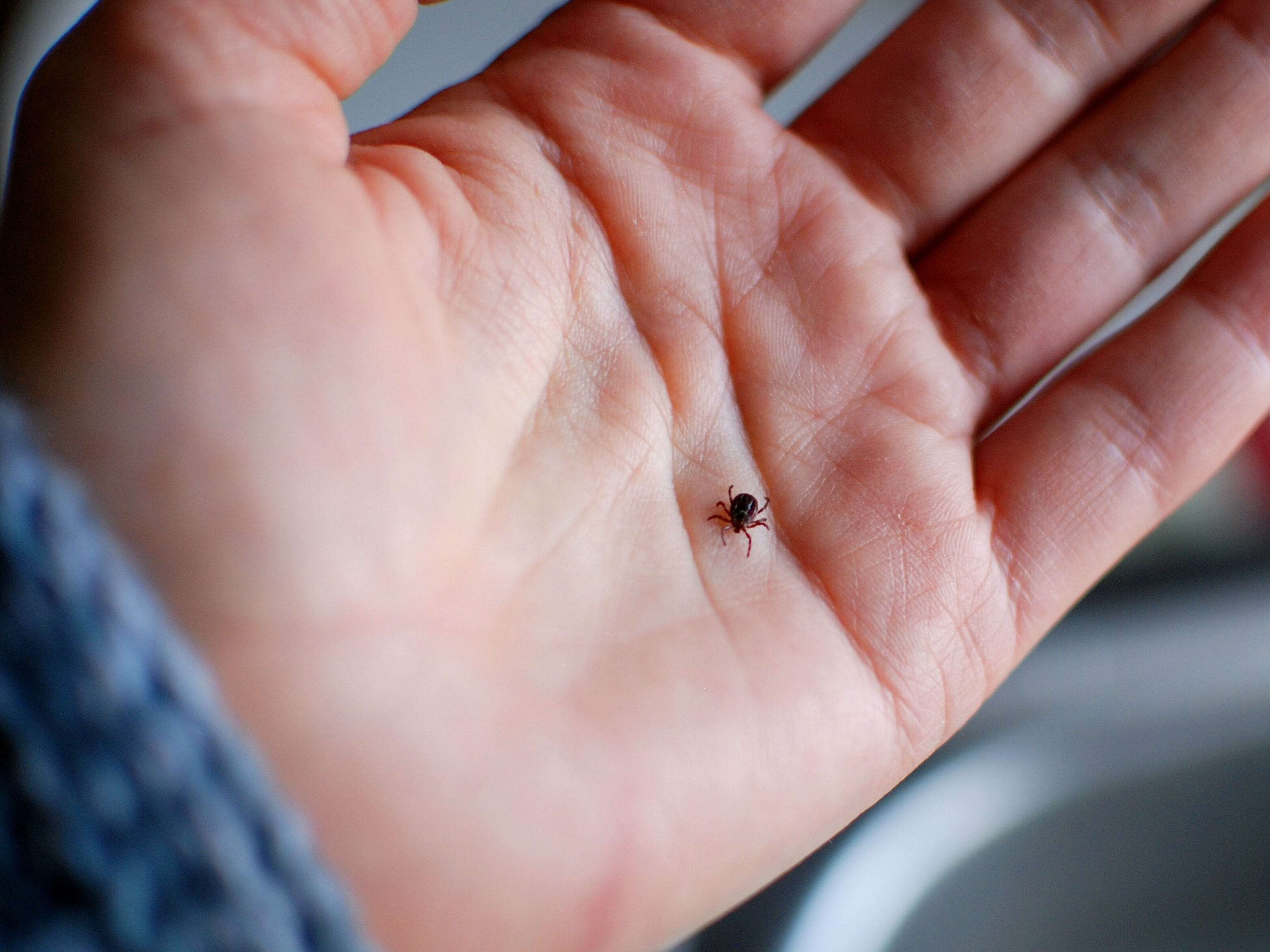Underrated Ideas Of Info About How To Tell If You Have Lyme Disease

Fever, often accompanied by mild, flulike symptoms, can be a sign of lyme disease.
How to tell if you have lyme disease. Not all ticks can transmit lyme disease. The only sure sign of lyme disease is an erythema migrans (em) rash, which often has a bullseye shape. A diagnosis usually depends on the following:
Paralysis of facial muscles ( bell's palsy ). Has an outer edge that feels scaly or crusty. Blood tests to find disease.
Lyme disease is an illness caused by the bacteria borrelia burgdorferi, spread by blacklegged ticks. Lyme disease is a bacterial infection spread by ticks that can cause joint, heart, and nervous system problems. Typical symptoms include headache, fatigue, fever, and skin rash.
A bite from an infected tick can cause lyme disease. Centers for disease control and prevention (cdc) shows a blacklegged tick, also known as a deer tick, a. In addition, studies like this one have shown.
Signs and symptoms of the second stage of lyme disease (the early disseminated stage) may include: Lyme disease can be difficult to diagnose. The signs and symptoms can look like many other health problems, and the tests are not exact.
Within days or up to one month after a tick bite common symptoms. Recent tracking rule changes led to a significant increase in reported lyme disease. A review of all signs and symptoms.
Itches or feels painful. February 23, 2024. When the rash and symptoms begin:
Learn how to diagnose lyme disease with blood tests,. In areas where lyme disease is common, most family practice physicians, general practitioners, and pediatricians are familiar with diagnosing and treating lyme. According to the lyme disease foundation, it is also possible to catch lyme disease through blood transfusion or sexual contact.
Other symptoms may resemble those of other illnesses. The symptoms of lyme carditis are described below and include chest pain, dizziness, fainting, heart palpitations, irregular heartbeat, and shortness of breath. According to the centers for disease control and prevention.
There are some distinguishable signs of later stage lyme disease including facial palsy in the second stage, and swollen knees in the third stage that are somewhat specific for. But up to 30% of people who get lyme disease never get a rash. Although most patients recover completely when treated.






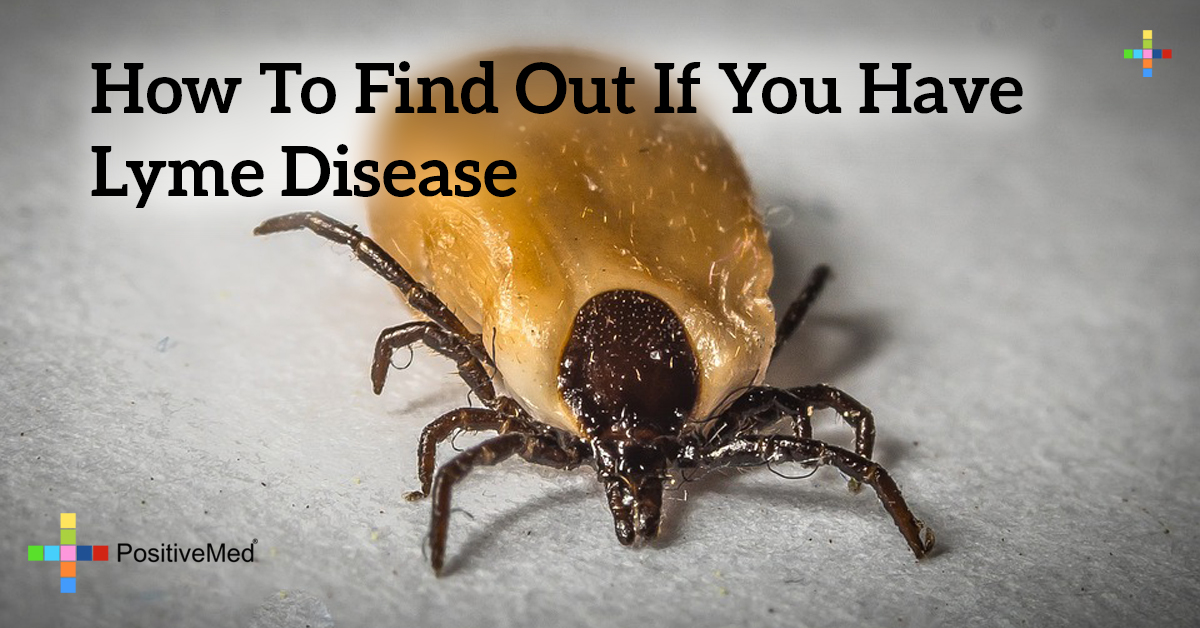
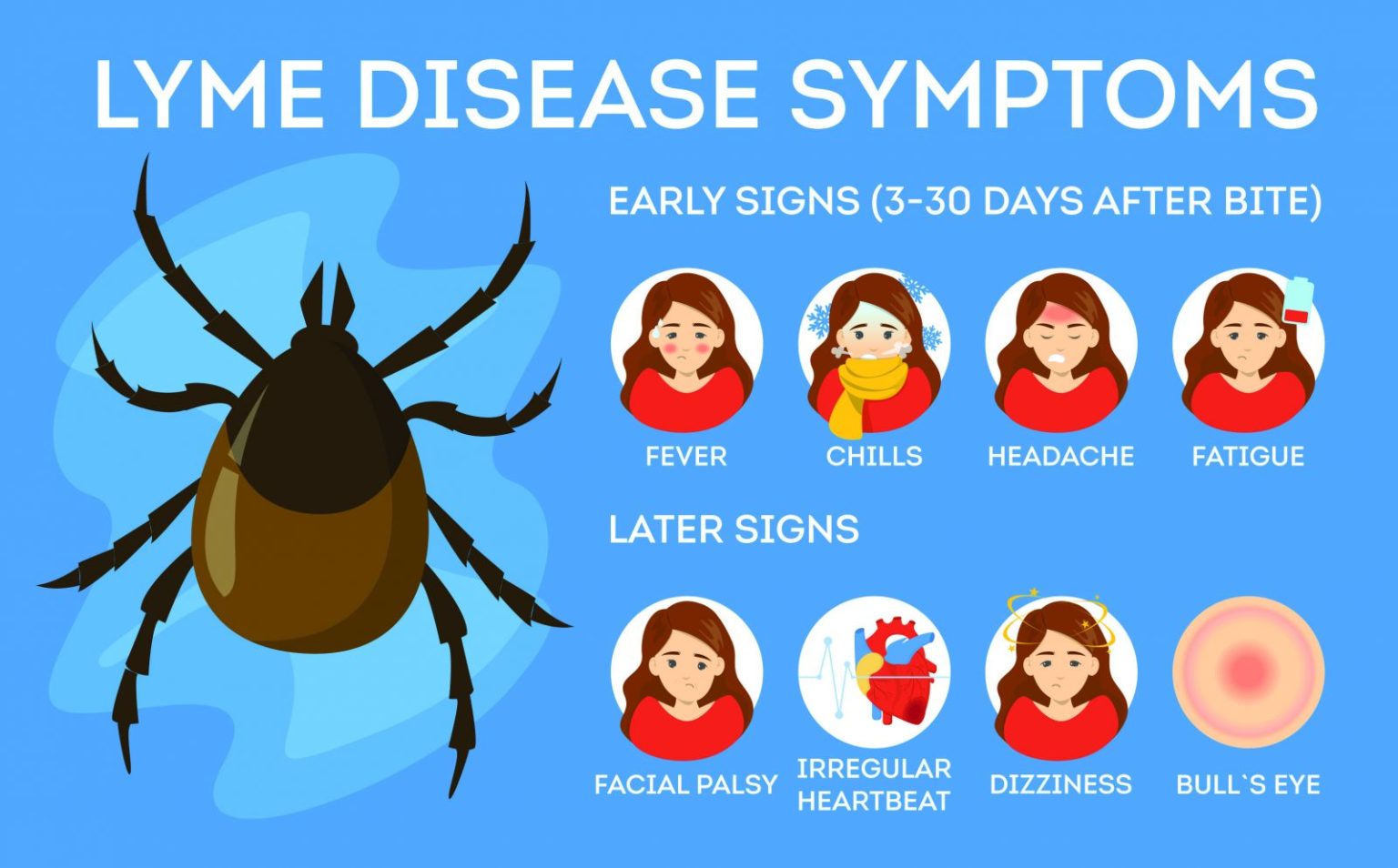

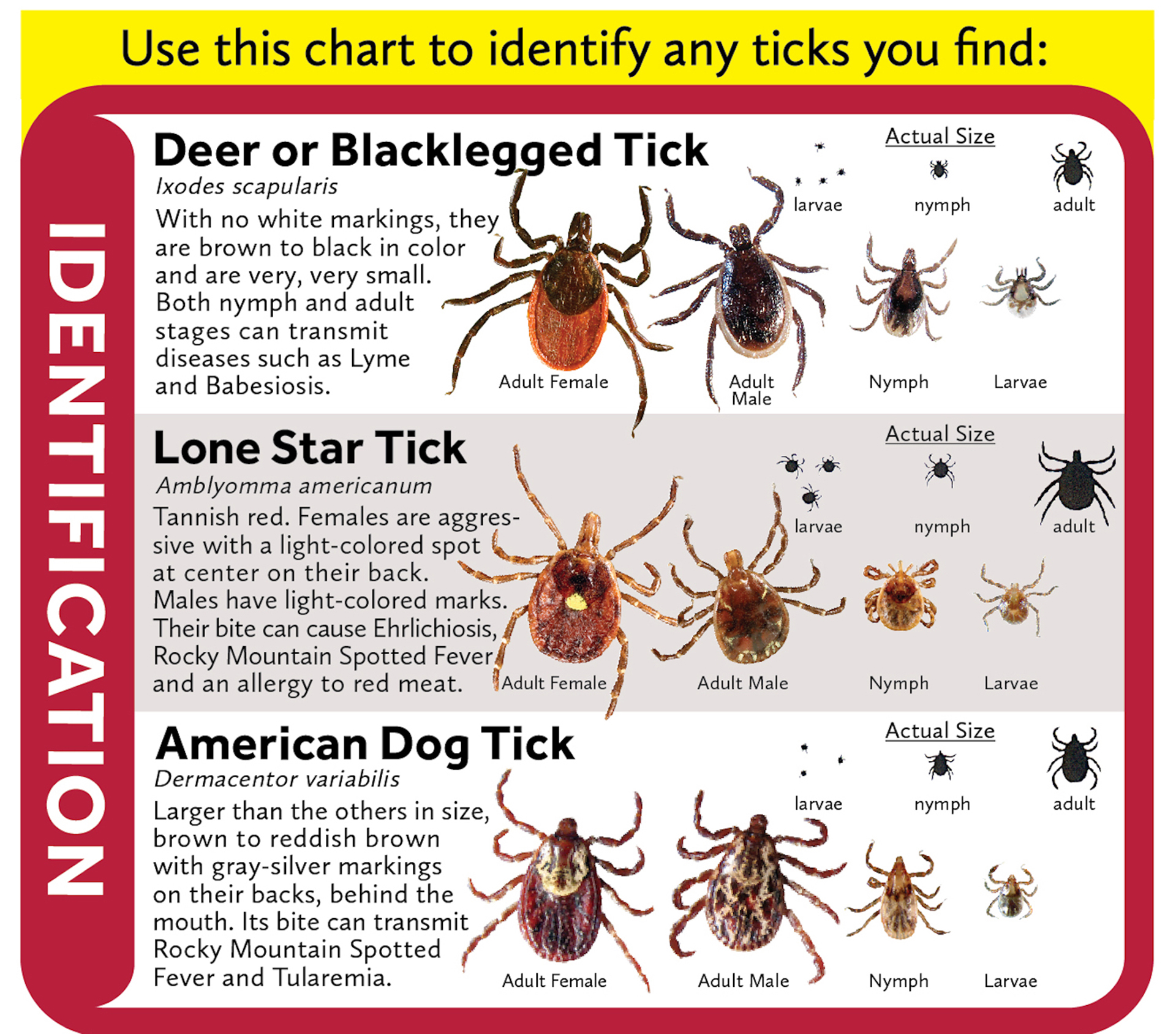
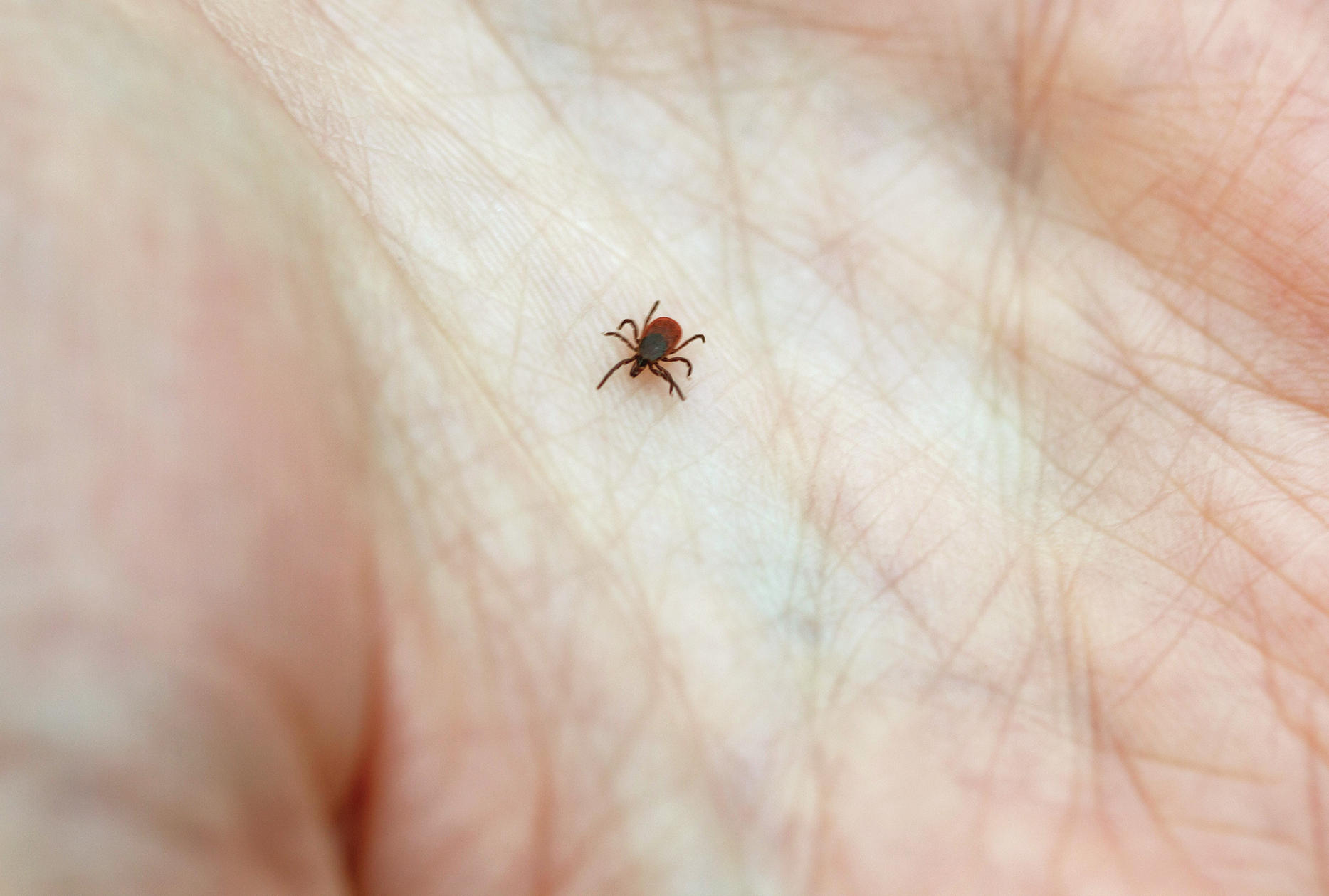

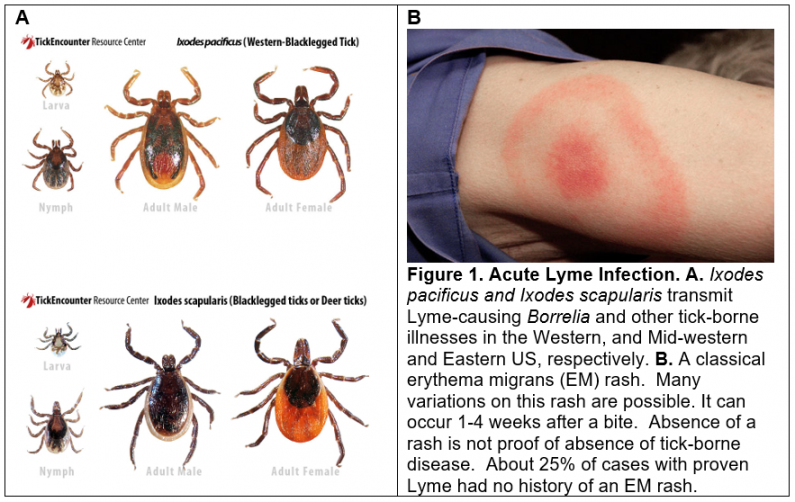
:max_bytes(150000):strip_icc()/what-to-know-about-tick-bites-4587783_V2-3d1cf872c1fd41a79b01372a08c75d9c.png)


